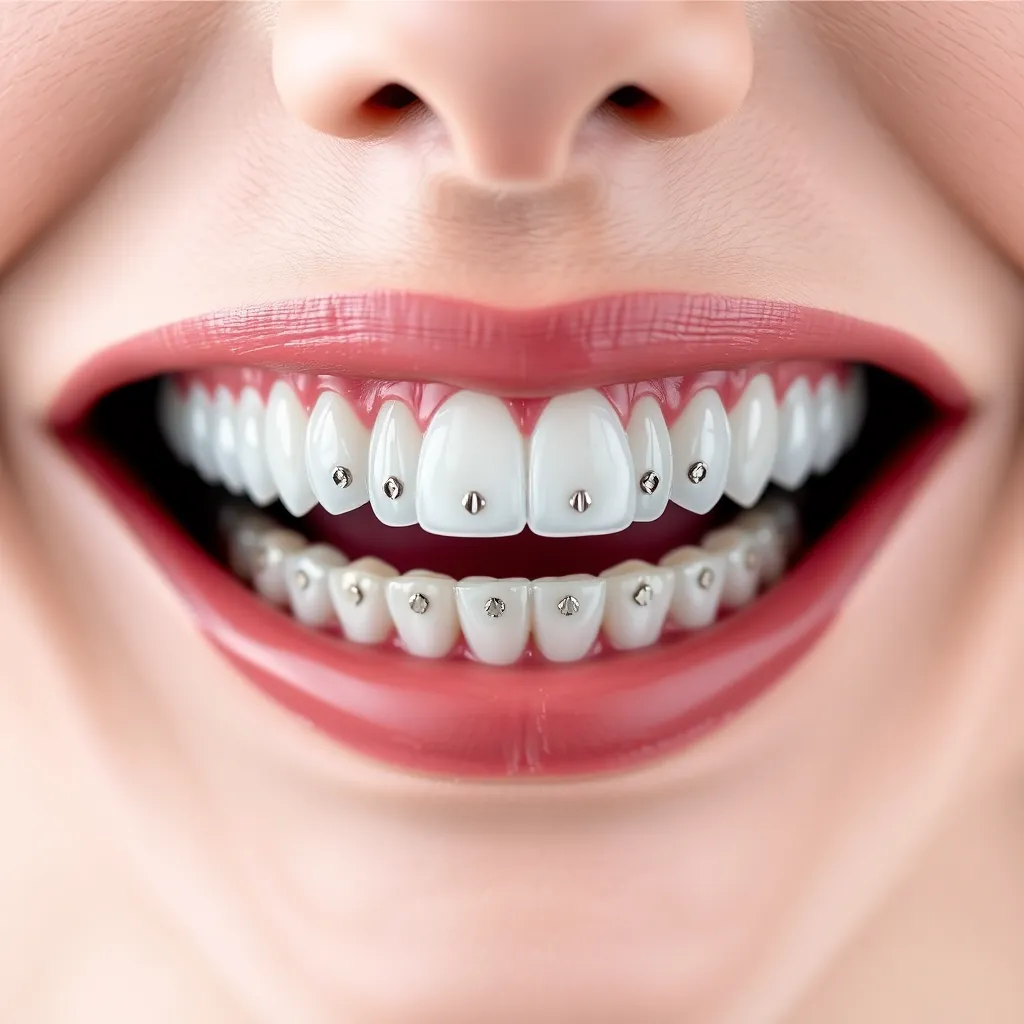Brackets are a crucial component of orthodontic treatment, serving as anchors for the archwire that helps move teeth into their desired positions. With various types of brackets available, each with its own advantages and disadvantages, it’s essential to understand the options to make informed decisions about orthodontic care. Here’s a comprehensive guide to the different types of brackets used in orthodontics.
1. Metal Brackets
Description:
- Material: Typically made of stainless steel or other metal alloys.
- Appearance: Silver in color and highly visible on the teeth.
Advantages:
- Durability: Metal brackets are strong and can withstand the forces of orthodontic treatment.
- Cost-Effective: Generally, metal brackets are the most affordable option.
- Effective for Complex Cases: They are suitable for a wide range of orthodontic issues.
Disadvantages:
- Aesthetic Concerns: Their visibility can be a concern for some patients, especially adults.
2. Ceramic Brackets
Description:
- Material: Made from tooth-colored or clear ceramic materials.
- Appearance: Designed to blend in with the natural color of teeth, making them less noticeable.
Advantages:
- Aesthetic Appeal: Less visible than metal brackets, making them a popular choice for adults and teens.
- Effective: They work similarly to metal brackets in terms of treatment effectiveness.
Disadvantages:
- Fragility: Ceramic brackets can be more brittle and may break more easily than metal brackets.
- Cost: They are generally more expensive than metal brackets.
- Staining: The elastic ties used with ceramic brackets can stain over time, affecting their appearance.
3. Lingual Brackets
Description:
- Placement: Attached to the back (lingual side) of the teeth, making them invisible from the front.
- Material: Can be made from metal or ceramic.
Advantages:
- Invisible: The most aesthetic option, as they are hidden from view.
- Effective: They can treat a wide range of orthodontic issues.
Disadvantages:
- Complexity: They can be more challenging to clean and may require more effort to maintain oral hygiene.
- Comfort: Some patients may experience discomfort or irritation to the tongue.
- Cost: Typically more expensive due to the custom fabrication required.
4. Self-Ligating Brackets
Description:
- Mechanism: These brackets use a built-in clip or door to hold the archwire in place, eliminating the need for elastic or metal ties.
- Material: Available in both metal and ceramic options.
Advantages:
- Reduced Friction: The self-ligating mechanism can reduce friction, potentially leading to faster treatment times.
- Easier Cleaning: Without elastic ties, they may be easier to clean and maintain.
- Fewer Appointments: Patients may require fewer visits to the orthodontist for adjustments.
Disadvantages:
- Cost: They can be more expensive than traditional brackets.
- Aesthetic Options: While ceramic self-ligating brackets are available, metal options may be more common.
5. Clear Aligners
Description:
- Alternative to Brackets: While not traditional brackets, clear aligners (like Invisalign) are a popular orthodontic treatment option that uses a series of custom-made, clear plastic trays to gradually move teeth.
Advantages:
- Aesthetic Appeal: Nearly invisible, making them a popular choice for adults and teens.
- Removable: Patients can remove them for eating, brushing, and flossing, promoting better oral hygiene.
- Comfort: Generally more comfortable than traditional brackets.
Disadvantages:
- Limitations: Not suitable for all orthodontic cases, particularly more complex issues.
- Compliance Required: Patients must wear them for 20-22 hours a day for effective treatment.
Conclusion
Choosing the right type of brackets is an essential part of orthodontic treatment, and it depends on various factors, including the complexity of the case, aesthetic preferences, and budget. Consulting with an orthodontist can help determine the best option for your specific needs. Each type of bracket has its own set of advantages and disadvantages, so understanding these can empower you to make informed decisions about your orthodontic care. Whether you opt for traditional metal brackets, ceramic options, or even clear aligners, the ultimate goal is to achieve a healthy, beautiful smile.

